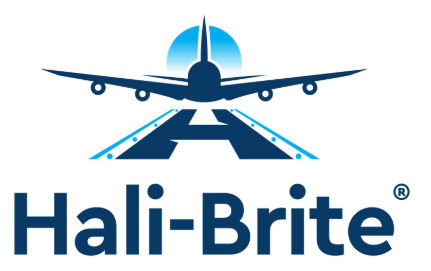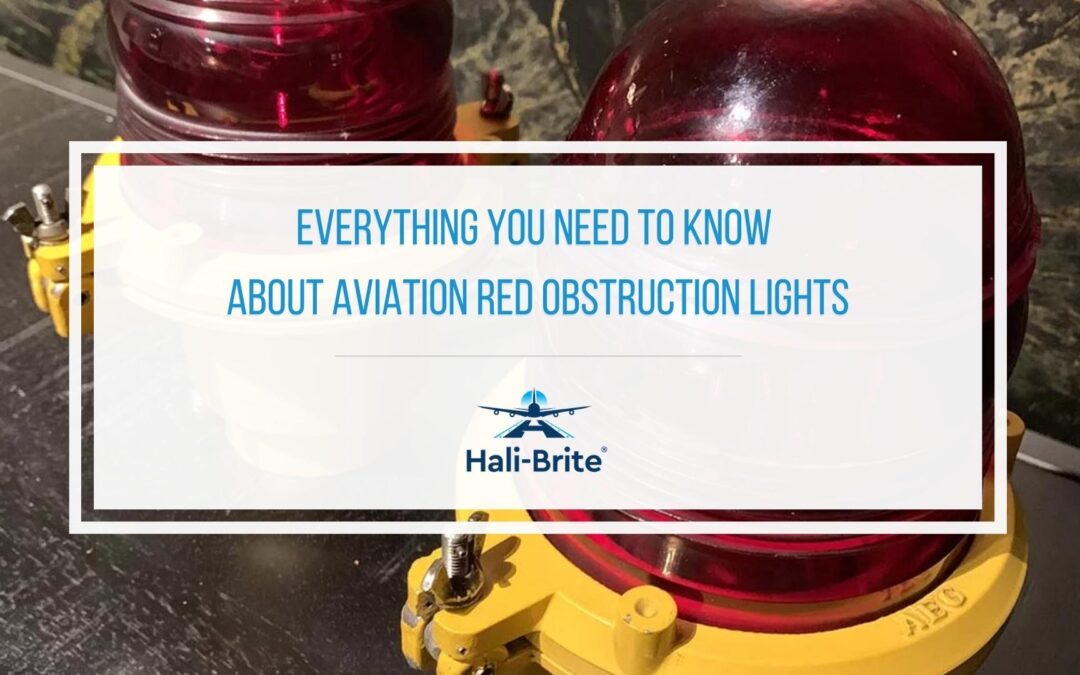Aviation obstruction lights ensure the safety of aviation operations by providing clear visibility and warnings about potential hazards. The aviation industry relies on different types of obstruction lights, including red, white, and dual lighting systems, to enhance visibility and mitigate risks during day and night operations.
Red obstruction lights are primarily used during nighttime or low-light conditions, while white obstruction lights are employed during daylight hours. In certain cases, a dual lighting system, combining both red and white obstruction lights, may be operated. Here, we’ll focus on aviation red obstruction lights and the benefits they offer to the aviation industry.
- Understanding Aviation Red Obstruction Lights
- Benefits of Aviation Red Obstruction Lights
- Factors to Consider in Implementing Aviation Red Obstruction Lights
Understanding Aviation Red Obstruction Lights
Aviation red obstruction lights provide a visual warning to pilots, particularly during nighttime or low-visibility conditions, about the presence of tall structures or other potential hazards that could obstruct their flight path. By alerting pilots to these obstacles, these airport lighting help prevent collisions and ensure safe navigation.
Types of Aviation Red Obstruction Lights
There are different types of aviation red obstruction lights available, each designed to meet specific requirements and provide optimal visibility. These are:
L-810 Low-Intensity Lights
The L-810 lighting specification refers to low-intensity obstruction lights used in aviation, such as Hali-Brite’s Obstruction Light L-810. These lights are typically used for structures that are 150 feet (45.72 m) or less in height, which include buildings, perimeter fences, small communication towers, or structures located in areas with lower air traffic. Within the L-810 category, there are two types:
-
- L-810 Steady-Burning Lights. L-810 steady-burning lights emit continuous and constant red light without any periodic flashes.
- L-810 Flashing Lights. L-810 flashing lights emit low-intensity periodic red flashes at a rate of 30 flashes per minute (FPM).
L-864 Medium-Intensity Lights
These lights emit medium-intensity 30 FPM red flashes and are used for structures exceeding 150 feet (45.72 m) above ground level (AGL). L-864 lights are often employed on taller communication towers, wind turbines, or other structures near airports or flight paths. They provide a high level of visibility to ensure that pilots can easily identify and avoid obstructions.
Benefits of Aviation Red Obstruction Lights
Aviation red obstruction lights offer several important benefits that contribute to the safety of the aviation industry, which includes:
Minimizing the Risk of Collisions and Accidents
The bright and distinct lights emitted by aviation red obstruction lighting systems provide pilots with a clear visual warning during night operations, enabling them to identify and avoid potential hazards in their flight path, thereby minimizing the risk of unintended collisions and accidents.
Enhancing Pilot Situational Awareness
With the aid of aviation red obstruction lights, pilots can easily identify the location and presence of obstructions, allowing them to plan their flight paths, make necessary adjustments, and maintain a clear understanding of their surroundings.
Facilitating Nighttime Operations
Aviation red obstruction lights enable pilots to conduct flights confidently at night. The enhanced visibility of tall structures, buildings, or other potential hazards allows for smoother takeoffs, landings, and low-altitude flights, reducing the need for diversions or delays due to poor visibility.
Factors to Consider in Implementing Aviation Red Obstruction Lights
The installation of aviation red obstruction lights requires careful consideration of various factors to ensure their effectiveness and compliance with safety regulations. Here are some key factors to consider:
Obstruction Height and Location
The FAA has specific guidelines and regulations that mandate the installation and use of aviation red obstruction lights on structures that exceed certain height thresholds. By adhering to these safety standards and regulatory requirements, structure owners and operators contribute to the overall safety and efficiency of aviation operations.
Poles, Towers, and Similar Skeletal Structures
| Height of Structure | Intermediate Level | Top Level |
|---|---|---|
| 150 feet (45.72 m) AGL or Less | Two or more L- 810 steady-burning lights | Two or more L- 810 steady-burning lights |
| Exceeding 150 feet (45.72 m) but not more than
350 feet (106.68 m) |
Two or more L- 810 flashing lights | At least one L-864 lights |
| Exceeding 350 feet (106.68 m) AGL | Two L-864 lights on each level |
Chimneys, Flare Stacks, and Similar Solid Structures (except Hyperbolic Cooling Towers)
| Height of Structure | Intermediate Level | Top Level |
|---|---|---|
| 150 feet (45.72 m) AGL or Less | At least three L- 810 steady-burning lights | At least three L-810 lights |
| Exceeding 150 feet (45.72 m) but not more than
350 feet (106.68 m) |
A second level of three L- 810 steady-burning lights | At least three L-864 lights |
| Exceeding 350 feet (106.68 m) AGL | At least three flashing L-864 lights installed on each level |
Prominent Buildings, Bridges, and Similar Extensive Obstructions
| Height of Structure | Intermediate Level | Top Level |
|---|---|---|
| Exceeding 150 feet (45.72 m) AGL | L- 810 steady-burning lights for each 150 feet (45.72 m), or fraction thereof | L- 810 steady-burning lights at each end |
In addition, proximity to airports, flight paths, and sensitive areas must be taken into account to ensure the lights effectively alert pilots to potential hazards.
Budgetary Considerations and Cost-Benefit Analysis
Evaluating the available budget helps determine the feasibility and scope of the lighting system implementation. It is important to consider the costs associated with the aviation red obstruction lights themselves, installation, ongoing maintenance, and monitoring. Conducting a cost-benefit analysis helps determine the optimal balance between the level of safety required and the associated expenses, weighing factors such as the potential reduction in the risk of accidents, compliance with regulations, and the impact on operational efficiency.
Maintenance and Monitoring Requirements
Adequate maintenance and monitoring ensure the continued functionality and reliability of the aviation red obstruction lights. Regular inspections, cleaning, and testing provide assurance that the lights are in good working condition and comply with the required standards, preventing visual disturbances and accidents.
Having a qualified airport lighting equipment installer available is also crucial to carry out maintenance tasks effectively. Such individuals have the necessary expertise and training to handle the airport lighting systems and perform maintenance procedures correctly.
Your Complete Airport Lighting Solutions Provider
When it comes to safety, there is no room for compromise. Ensure your structures are properly marked with high-quality and cost-efficient aviation red obstruction lights from Hali-Brite. We can provide you with reliable and long-lasting FAA-certified airport lighting solutions that guarantee the safety and efficiency of your aviation operations. Contact us today at (218) 454-0956 or reach us here.


